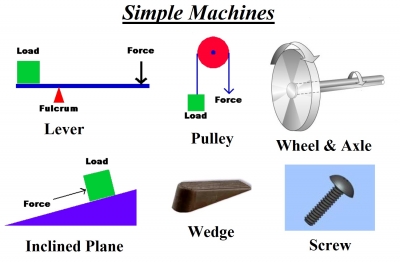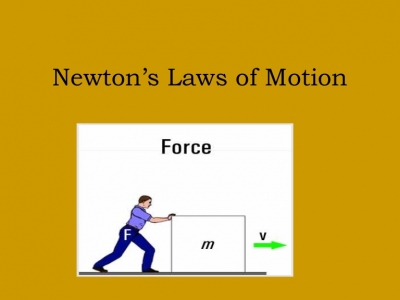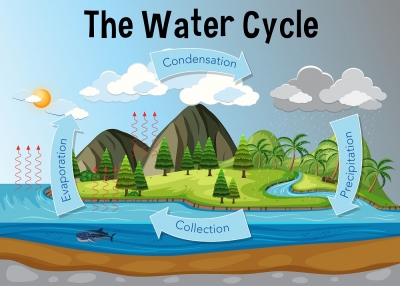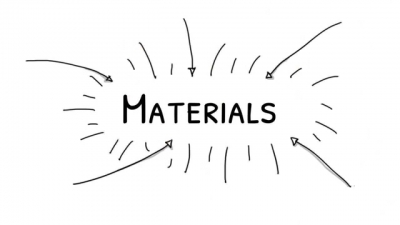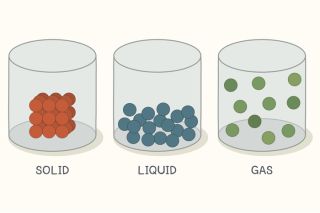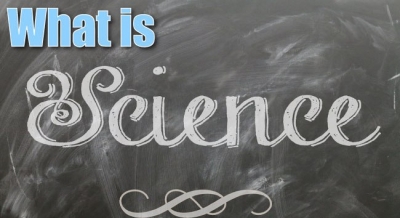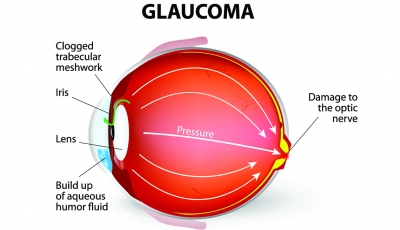What is Energy?
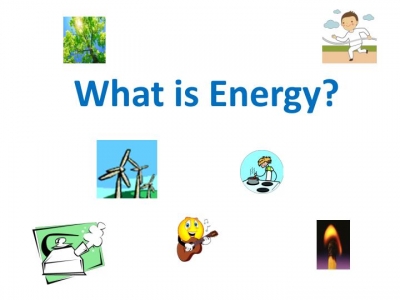
Energy is needed to make things happen. Every movement or change, no matter how small, requires energy. Energy has many different forms. For example, some types of energy are needed to move cars or light up homes. You body needs energy to move, grow, and keep warm.
Movement
All moving things have energy, from dogs to waterfalls. The faster something moves, the more energy it has.
Chemical
There is energy stored inside the chemicals in food. When animals eat, their body breaks down the food, releasing the energy.
Electrical
Electrical energy is used to power things in our homes, such as a television. Electricity flows easily through wires. Lightning is also caused by electrical energy.
Light
Glowing objects give out light energy, which we see with our eyes. Nearly all the energy on Earth comes originally from the Sun.
Sound
Sound is a form of energy that is produced when objects vibrate, or shake. For example, when a bell is hit, it makes a sound. We receive sound energy through our ears. This is called hearing.
Heat
Hot things contain lots of heat energy. They pass on this energy to cooler things around them, so hot things like a fire can be used to keep us warm. We get most of our heat energy from the Sun, and from burning things, such as wood.
Stored energy
Sometimes energy is trapped inside things. This is called stored, or potential, energy. When this stored energy is released, it can make things happen. A stretched catapult stores elastic energy. When you release it, it gives energy to the ball, making the ball fly out. The more the catapult elastic is stretched, the more stored energy it has.
Picture Credit : Google
